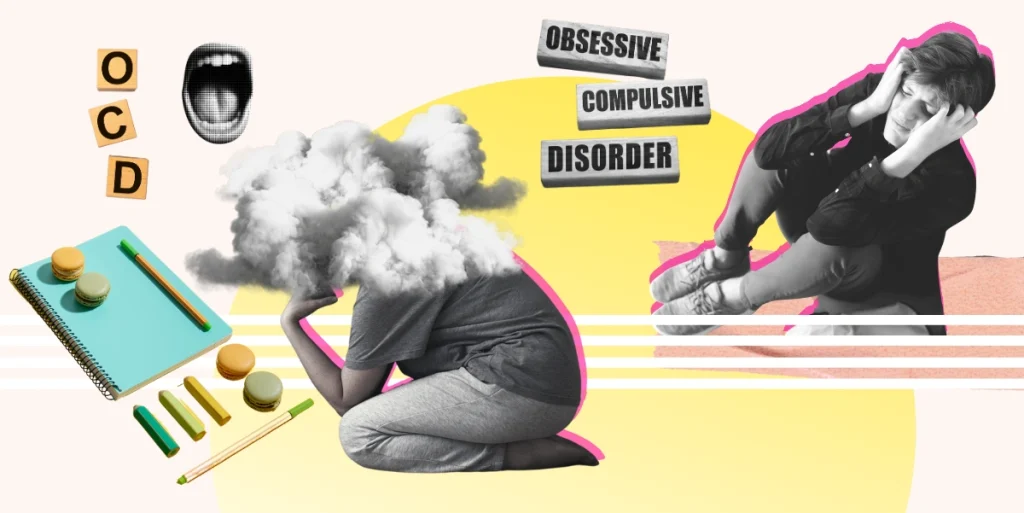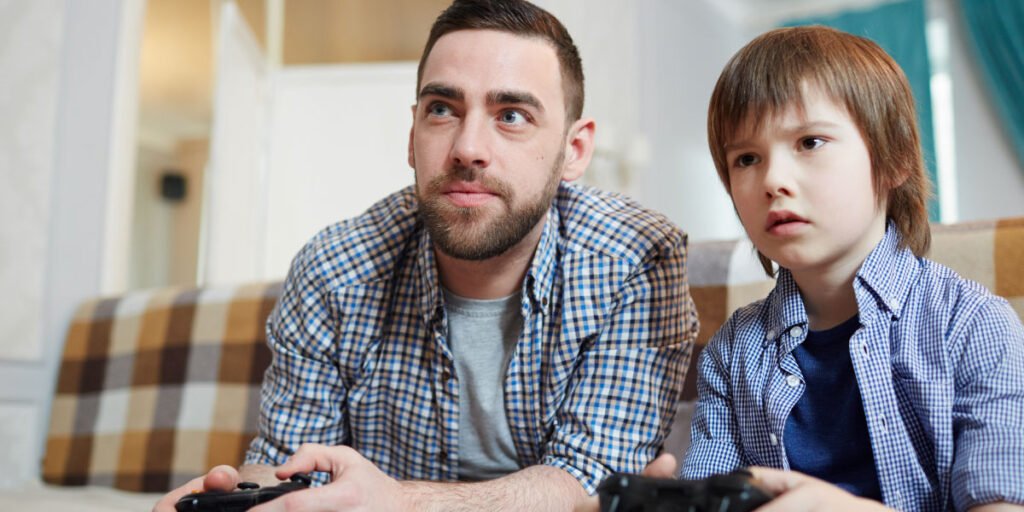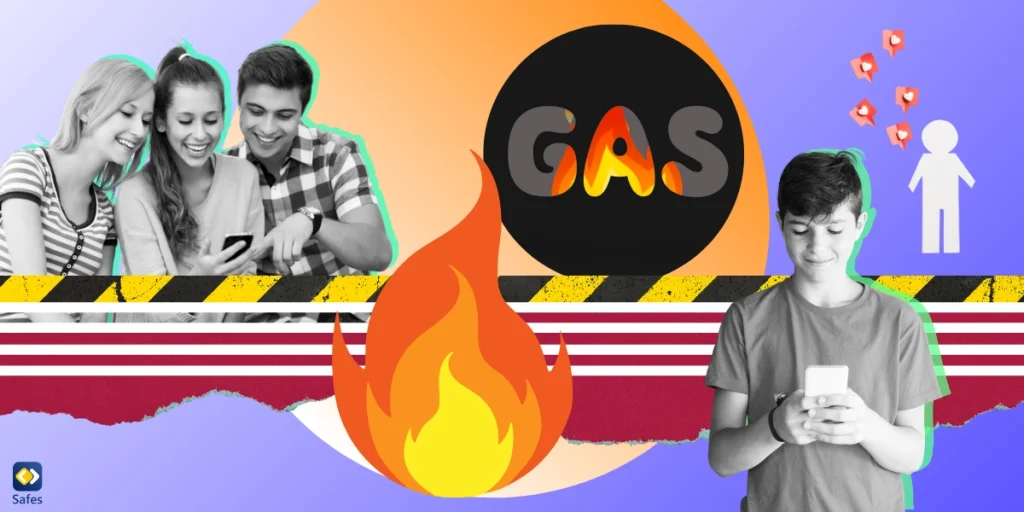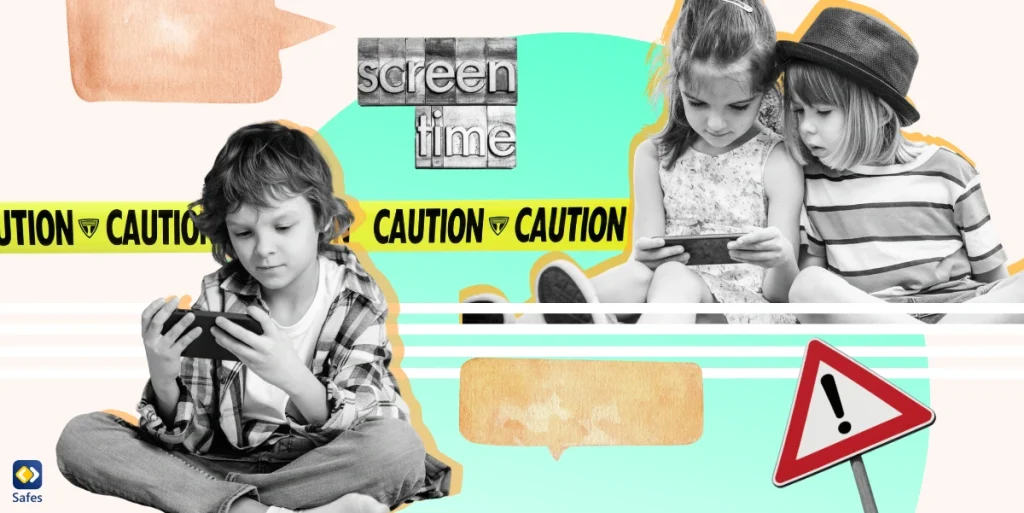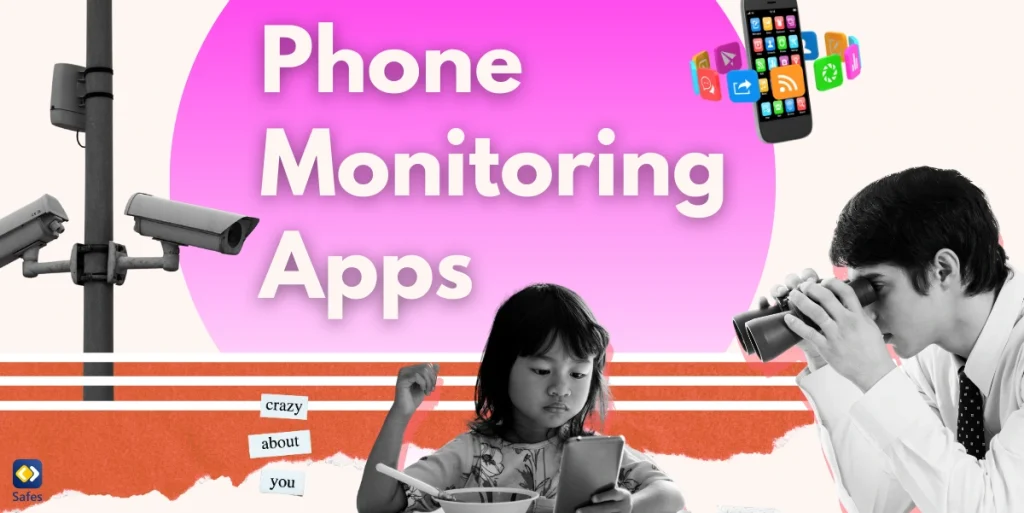Contrary to popular belief, obsessive-compulsive disorder (OCD) is not rare in adolescents and children. In fact, it affects approximately 3% of teenagers. Unfortunately, the symptoms of OCD are not the same in teenagers and adults. In this blog post, we will discuss OCD in teens. Specifically, what OCD is, what its symptoms are, and how those symptoms differ from those in adults. We’ll also take a look at the best treatments teenagers can get for OCD. Read on to learn more.
Download and Start Your Free Trial of the Safes Parental Control App
What is the Meaning of OCD?
Obsessive-Compulsive Disorder (OCD) is a mental health condition characterized by persistent, unwanted thoughts (obsessions) and repetitive behaviors or mental acts (compulsions). People with OCD may feel driven to perform these rituals in an attempt to reduce anxiety or prevent a feared event or situation. People with OCD might be regarded as having perfectionist personalities though the two issues don’t always overlap.
Obsessions are intrusive and distressing thoughts, images, or urges that repeatedly enter a person’s mind. Compulsions are repetitive behaviors or mental acts that an individual feels compelled to perform in response to obsessions. While the compulsions may temporarily alleviate anxiety, they are often not connected realistically to the feared event and can become time-consuming and disruptive to daily life.
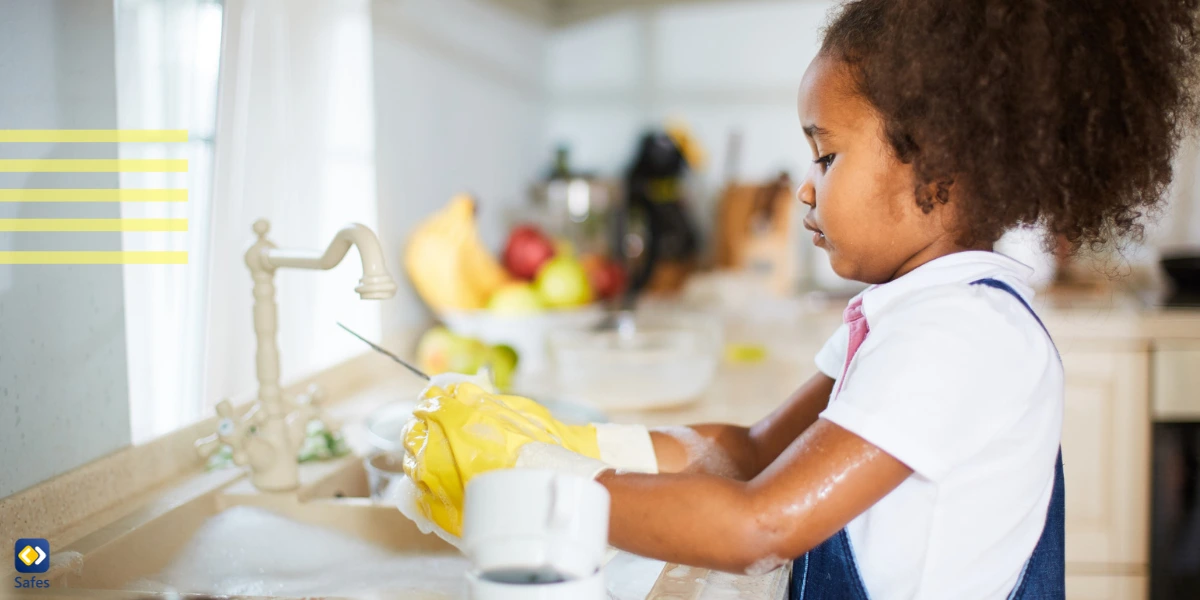
How Does OCD Affect Teenage Lives?
Obsessive-Compulsive Disorder (OCD) can profoundly affect the lives of teenagers in various ways. It extends beyond individual experiences and permeates daily life, influencing academic, social, and emotional aspects. If OCD in teenagers is not treated, it can have adverse effects on many areas of life as follows.
Regarding the impact of OCD on school and academic performance, the time-consuming nature of obsessive thoughts and compulsive rituals can lead to a decline. Teens may find it challenging to concentrate on schoolwork, impacting their ability to focus and succeed and feeling depressed in school. OCD can also disrupt peer relationships and friendships. The preoccupations with obsessive thoughts or the need to perform rituals may lead to social isolation and difficulty connecting with others.
Within the family dynamic, OCD can introduce challenges. Compulsions may disrupt routines or require family involvement, and family members may struggle to understand and support the teenager’s experience. Emotionally, the persistent and intrusive thoughts characteristic of OCD can contribute to heightened anxiety and distress. The need to perform compulsions for relief can lead to frustration, embarrassment, or shame.
Self-esteem and self-image can suffer, particularly if teenagers feel embarrassed or ashamed of their obsessive thoughts or compulsive behaviors. Stigma around mental health can exacerbate negative self-perception.
Recognizing OCD Teenager Symptoms
A study about obsessive-compulsive disorder in children and adolescents, published in 2009 in the Archives of Disease in Childhood journal, by Georgina Krebs and Isobel Heyman, gives us some insight into the effects of OCD in teenagers.
One of the first things the article points to is the fact that contrary to popular belief, OCD is not rare in children and adolescents. In fact, the article reports “an estimated prevalence of 0.25%–4% among children and adolescents.”
As to the reasons for the development of OCD, it seems that like most things in life, it’s complex and there’s no correct answer between nature and nurture. “Data…strongly supports a genetic component”, the article goes on to say. Krebs and Heyman also discuss environmental factors, specifically referencing a study that found “social isolation, physical abuse and negative emotionality were specific predictors of an adult OCD diagnosis.”
As Krebs and Heyman correctly point out, the diagnosis of OCD in adolescents and children isn’t that different from adults. But there is a problem here; namely, children usually have specific ritualized behaviors which are perceived completely differently if someone has that same behavior as an adult. These behaviors should not be diagnosed as obsessive-compulsive disorder.
The authors do have good news though. Even though the symptoms of OCD can be completely different in two individuals without any overlap, the Short OCD Screener (SOCS), a six-question screener “has been found to have a sensitivity of 97%” for detecting OCD.
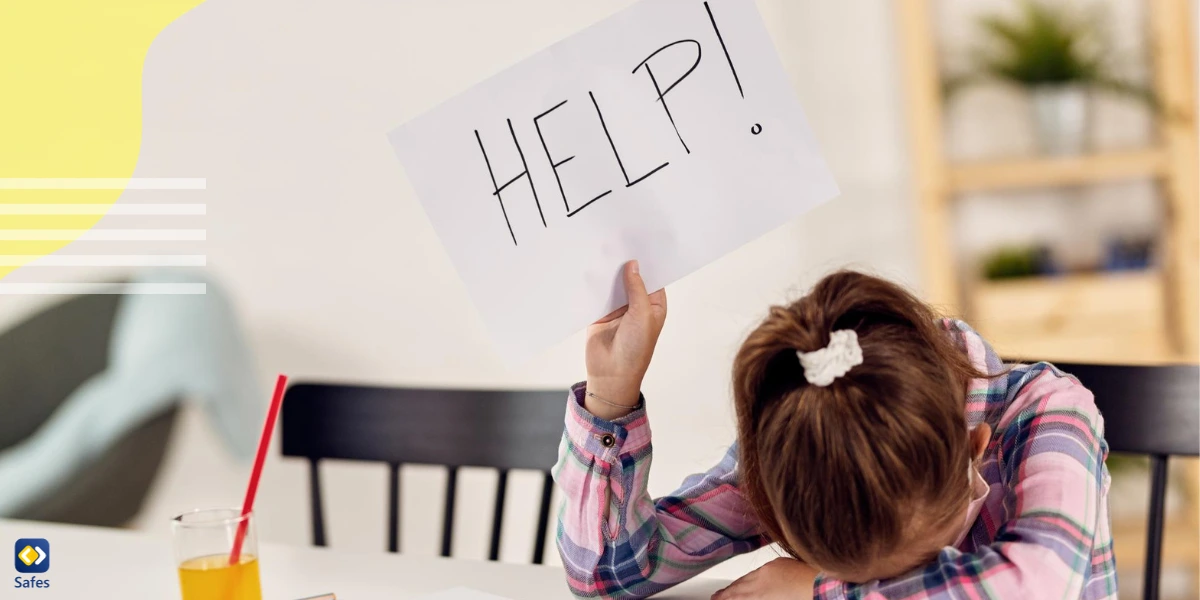
OCD Treatments in Teenagers and Children
Cognitive-behavioral therapy incorporating exposure with response prevention is a well-documented treatment of OCD in children and adolescents. Exposure with response prevention just means confronting the teenager with their fears, such as touching a dirty door handle. Cognitive behavioral therapy can be effective for children as young as three years old.
If a child or teenager has extreme OCD or is not responsive to cognitive-behavioral therapy, they can use SSRI medications under the supervision of a medical professional. SSRIs “are associated with a 29%–44% reduction in symptoms and appear to be well tolerated and safe”, according to Krebs and Heyman’s article. Keep in mind that in all these cases, you should talk to a medical professional with your child to choose the best course of action in treating their OCD.
Conclusion
In recognizing OCD among teenagers, it is crucial to dispel the misconception that it is rare in this age group. Recognizing OCD in adolescents involves distinguishing ritualized behaviors from normative actions, a challenge addressed by tools like the Short OCD Screener. Fortunately, effective treatments, such as Cognitive-Behavioral Therapy and SSRIs, offer hope for teenagers grappling with OCD, providing a path toward improved well-being and a better quality of life. Seeking guidance from medical professionals ensures tailored and effective approaches to address the unique challenges faced by teenagers with OCD. Parental control apps, like Safes, available on iOS and Android, can be used as part of a cognitive-behavioral therapy approach to OCD and other issues such as executive dysfunction and anxiety. Safes can be used for positive and negative reinforcement in the digital realm. Sign up for a free trial with Safes to access expert advice and resources tailored for mental health support.
Your Child’s Online Safety Starts Here
Every parent today needs a solution to manage screen time and keep their child safe online.
Without the right tools, digital risks and excessive screen time can impact children's well-being. Safes helps parents set healthy boundaries, monitor activity, and protect kids from online dangers—all with an easy-to-use app.
Take control of your child’s digital world. Learn more about Safes or download the app to start your free trial today!
